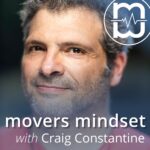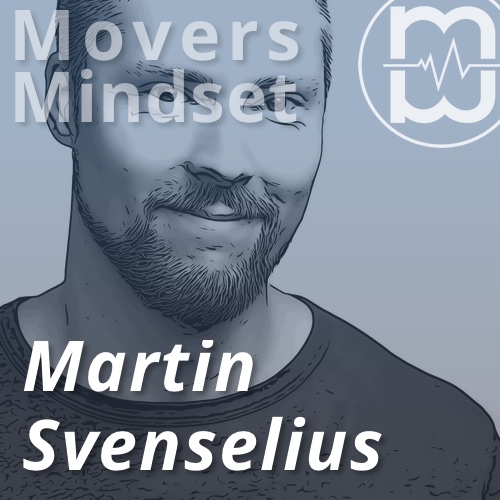
How can one balance the physical, mental, and social aspects of movement practices while teaching and maintaining personal growth?
The conversation explores how movement practice evolves from playful beginnings to structured teaching.
“I prefer the term still mind… because I want the— however exerted my body is, I wanted my mind to stay as calm as possible.” ~ Martin Svenselius (21:51)
The conversation examines the challenges of balancing the physical joy of movement practice with the structured demands of teaching it. Martin reflects on the evolution from playful group activities to professional instruction, noting the difficulties of maintaining personal practice while managing classes. He discusses the need to balance work and play, particularly when movement becomes a career, and the psychological strain of sustaining this balance.
Another focus is on teaching methods that encourage self-leadership. Martin emphasizes the importance of understanding body mechanics, offering scalable challenges, and fostering creativity. He stresses how personal training values, such as calmness and consistency, shape their approach to coaching, while also exploring the need to challenge traditional views on physical training.
Takeaways
Balancing work and play — Achieving a sustainable relationship between teaching movement and personal practice.
Self-leadership — Helping students transition to self-directed training through scalable challenges and creativity.
Role of creativity — Encouraging exploration and adaptation in movement practice to foster personal growth.
Importance of mindset — Viewing training as a means to challenge oneself physically and mentally rather than just seeking comfort.
Teaching philosophy — Emphasizing understanding the body’s mechanics over reliance on equipment.
Cultural and psychological layers — Addressing differences in training mindsets across cultures and individual personalities.
Consistency in practice — Incorporating movement daily to maintain personal growth and discipline.
Resources
Jersey Gregorek — Known as the “Lion of Olympic Weightlifting,” who coined the phrase, “easy choices, hard life; hard choices, easy life.”
(Written with help from Chat-GPT.)
— Hello👋 I’m Craig Constantine.
In the Movers Mindset podcast, I talk with movement enthusiasts to learn who they are, what they do, and why they do it. I’m interested in the nature and philosophy of movement and in exploring themes like independence, self-direction, and human excellence. My interests color each conversation and provide some structure to Movers Mindset. But since I like to take the scenic route, every conversation ends up going somewhere unique.
The purpose of Movers Mindset is to create and share great conversations with movement enthusiasts. Each conversation feeds my insatiable curiosity, but I share them to turn on a light for someone else, to inspire them, or to give them their next question.
I appreciate your time and attention, and I don’t take it for granted.
— Thank you!
Want more? Subscribe to the email list for weekly updates—new episodes and archive highlights delivered to your inbox.
I invite you to cultivate a meaningful life—through presence, not pursuit. You can learn more about me and all my projects at, https://craigconstantine.com.
If you like what I’m doing through Movers Mindset, learn more about becoming a patron.
ɕ
